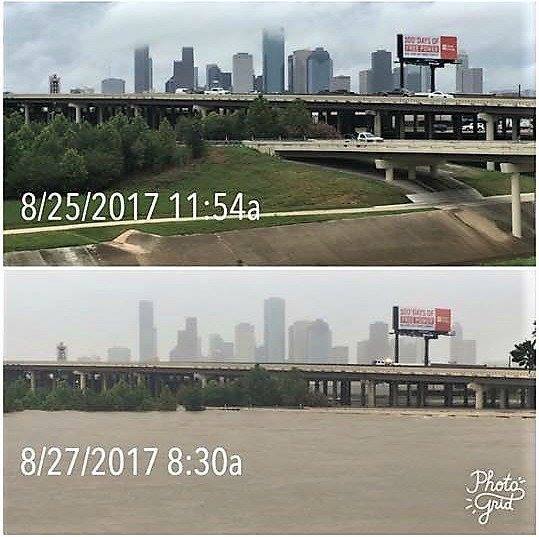 It was about 40 years ago that I sat in Prof. Jim Ingle’s oceanography class at Stanford as he described the ebb and flow of climate patterns throughout geologic time. With a waving of arms he talked about the rise and fall of sea levels and massive changes in rainfall patterns, each arm flap covering tens of thousands, or even millions of years. He described how, with clear evidence of global warming back then in the 1970’s, the southwest US would become drought-prone; grain belts would shift northward into Canada; arctic ice would disappear in the summer; glaciers would melt; and really big, destructive hurricanes and typhoons would become ever more frequent.
It was about 40 years ago that I sat in Prof. Jim Ingle’s oceanography class at Stanford as he described the ebb and flow of climate patterns throughout geologic time. With a waving of arms he talked about the rise and fall of sea levels and massive changes in rainfall patterns, each arm flap covering tens of thousands, or even millions of years. He described how, with clear evidence of global warming back then in the 1970’s, the southwest US would become drought-prone; grain belts would shift northward into Canada; arctic ice would disappear in the summer; glaciers would melt; and really big, destructive hurricanes and typhoons would become ever more frequent.
The computer models, built by the best scientists of the day, programmed on bulky decks of cards and run through machines with less power than our telephones today, have proven accurate in every way but one; they were off by about a century. Climate change has happened much more quickly than predicted. But all the rest was, and is, pure science.
A warmer earth, and particularly warmer oceans, even by a few degrees, means more evaporation of more water moisture, and that water-laden warm air has to move north and southwards from the tropics to the poles. It is simple physics. And BY FAR the most efficient way to transfer heat energy in the atmosphere is in the form of huge storms, like hurricanes and typhoons. So worldwide, big storms are more frequent and more powerful, on average, than a half century ago.

Flooding in Houston, TX
The bottom line is really simple: Superstorm Sandy, Katrina, and Harvey, would have been considered once-in-a-thousand-year events just thirty of forty years ago. Now they are not. This week, FEMA managers and newscasters are referring to Harvey as “impossible to predict”, and “once every 500 years”. They are wrong. This is the new normal until we get a handle on global warming, if we ever do. Storms like these are going to hit hurricane-prone points on the earth, like the US Gulf Coast, Indonesia, The Philippines, and China, much more frequently than in the past. In a country with as much hurricane-prone coastline as the United States, they may strike as often as once or twice in a decade; we have had three mega storms in just 12 years. That means Houston may be spared another Harvey for ten or twenty years, or it may happen again next year. And, it means that disaster relief of tens of billions of dollars per event will be something that taxpayers either have to live with or reject, not once in a lifetime, but frequently.
People who argue that dramatic policy changes to limit global warming make our country less economically competitive are utterly ignoring these huge costs of climate change. Even a small increase in the frequency and power of hurricanes like Harvey will mean a cost of billions of dollars; the more likely future is a cost of many tens of billions of dollars for each generation of Americans. That is a heck of a lot of lost economic competitiveness.
We can pull our heads out of the sand, or we can just continue to ignore science, and pay the bills, in lives and dollars. I don’t live in San Francisco for a reason; someday, probably within my lifetime, there is going to be a huge earthquake and a lot of people are going to die. Houston, due to global warming, is now living on a “fault line” that is going to shake Texan lives much more often than once every 500 years. The next Harvey may very well come ashore before all of those who lost homes this week even have a chance to fully rebuild. Or not. It is the ultimate crap shoot.











Leave A Comment